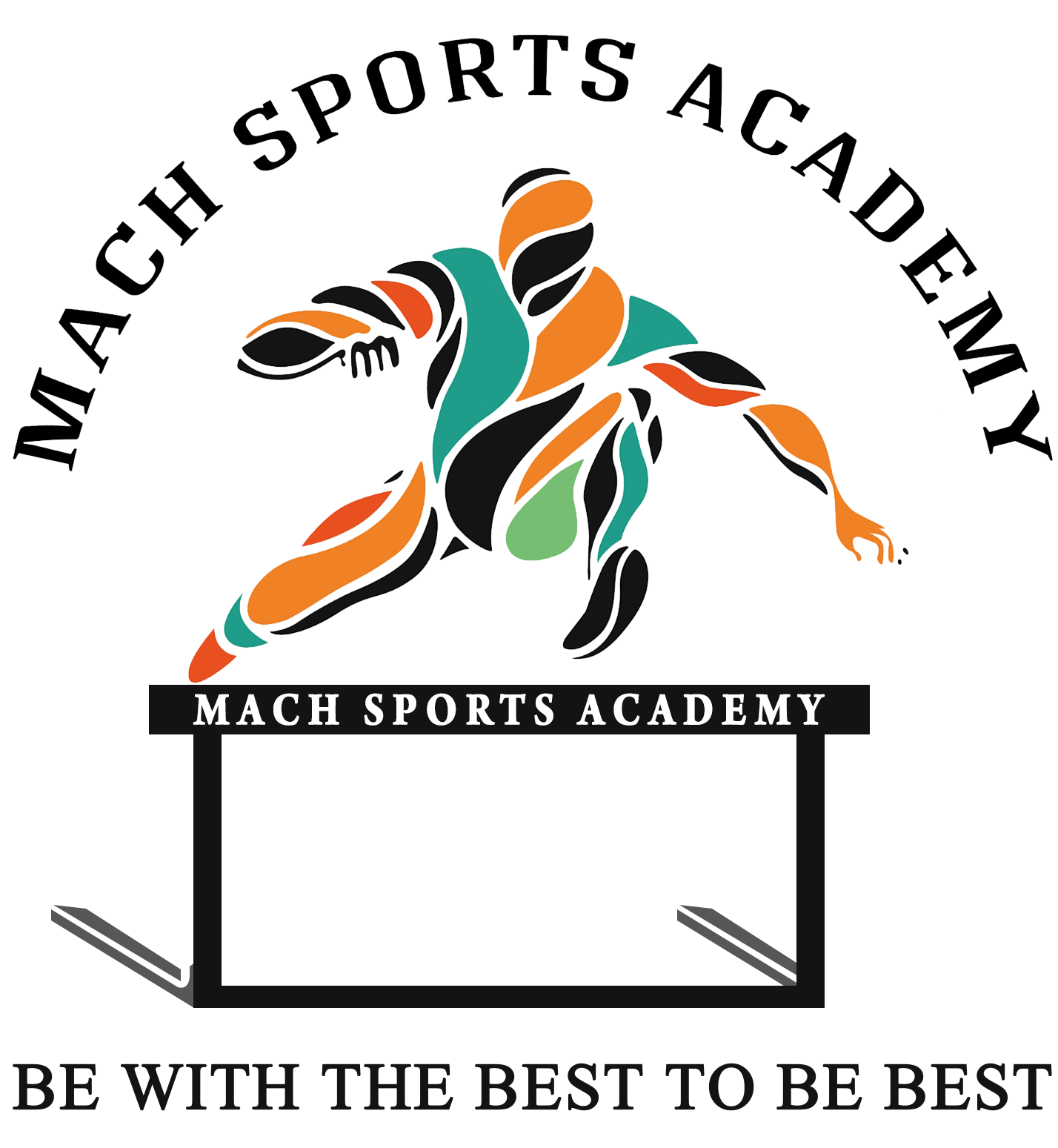Primary Components of Fitness
The four primary components (also known as the components of health related fitness) that are important to improved physical health are as follows
- Cardio respiratory capacity
- Muscular capacity
- Flexibility
- Body composition
Total fitness can be defined by how well the body performs in each one of the components of physical fitness as a whole.
Cardio respiratory capacity is the ability of the body to take in oxygen (respiration), deliver it to the cells (circulation), and use it at the cellular level to create energy (bioenergetics) for physical work (activity).
In fitness, we also refer to cardio respiratory capacity as aerobic capacity. This capacity includes aerobic endurance (how long), aerobic strength (how hard), and aerobic power (how fast).
Long-term adaptations of cardio respiratory training and its effects are:
- Decreased resting heart rate,
- Decreased risk of cardiovascular disease,
- Improved endurance,
- Increased stroke volume and cardiac output.
At the same time, additional small arteries are grown within muscle tissue so that blood can be delivered to working muscles more effectively when needed.
Muscular capacity
Muscular capacity refers to the spectrum of muscular capability. This includes muscular endurance, muscular strength, and muscular power
Muscular endurance
The ability to apply force over a long period or to complete repeated muscle contractions.
Muscular strength
The ability to generate force, or the maximum amount of force that a muscle can exert in a single contraction
Muscular power
The ability to generate strength in an explosive way.
Effects of Muscular capacity Training
Long-term adaptations lead to improvement in Strength, Muscular endurance, Basal metabolic rate, Joint strength and overall posture.
Flexibility
Flexibility is the range of movement or amount of motion that a joint is capable of performing. Each joint has a different amount of flexibility. Flexibility is specific to each joint and depends on a number of variables, including the tightness of ligaments and tendons. . The sit and reach test is most often used to test flexibility.
Some of the long-term adaptations of improved flexibility are decreased risk of injury, improved range of motion, improved bodily movements, and improved posture.
Ways to improve flexibility
There are a number of ways to improve flexibility. A daily stretching regimen can be the simplest and most efficient way of achieving whole body flexibility.
Flexibility is increased by various activities, all designed to stretch joints, ligaments, and tendons
Three types of exercise are generally utilized to increase flexibility:
- Dynamic stretching
- Static-active stretching
- Ballistic stretching
1.Dynamic stretching
The ability to complete a full range of motion of a particular joint. This type of flexibility is used in standard “warming up” exercises as it helps ready the body for physical activity.
2.Static-active stretching
Holding the body or part of the body in a stretched position and maintaining that position for a period of time. One example of static-active stretching is the splits.
3.Ballistic stretching
Ballistic stretching normally done when the body is warm and limber from exercise, it involves stretching in various positions and bouncing movements
Body composition
Body composition is the proportion of fat-free mass (muscle, bone, blood, organs, and fluids) to fat mass (adipose tissue deposited under the skin and around organs). Some of the long-term adaptations of improving body composition are decreased risk of cardiovascular disease, improved basal metabolic rate, improved bodily function, and improved BMI.
Secondary Components of Fitness
The secondary components of fitness (components of performance-based fitness) are involved in all physical activity and are necessary for daily functioning. Athletes experience different levels of success depending on how well these secondary fitness components are developed. Although the primary components of fitness are thought to be the most important, we should not ignore the secondary components because of their importance in the completion of daily tasks. The secondary components include the following.
Balance is the ability to maintain a specific body position in either a stationary or dynamic (moving) situation.
Coordination is the ability to use all body parts together to produce smooth and fluid motion.
Agility is the ability to change direction quickly.
Reaction time is the time required to respond to a specific stimulus.
Speed is the ability to move rapidly. Speed is also known as velocity (rate of motion).
Power is the product of strength and speed. Power is also known as explosive strength.
Mental capability is the ability to concentrate during exercise to improve training effects as well as the ability to relax and enjoy the psychological benefits of activity (endorphins).


